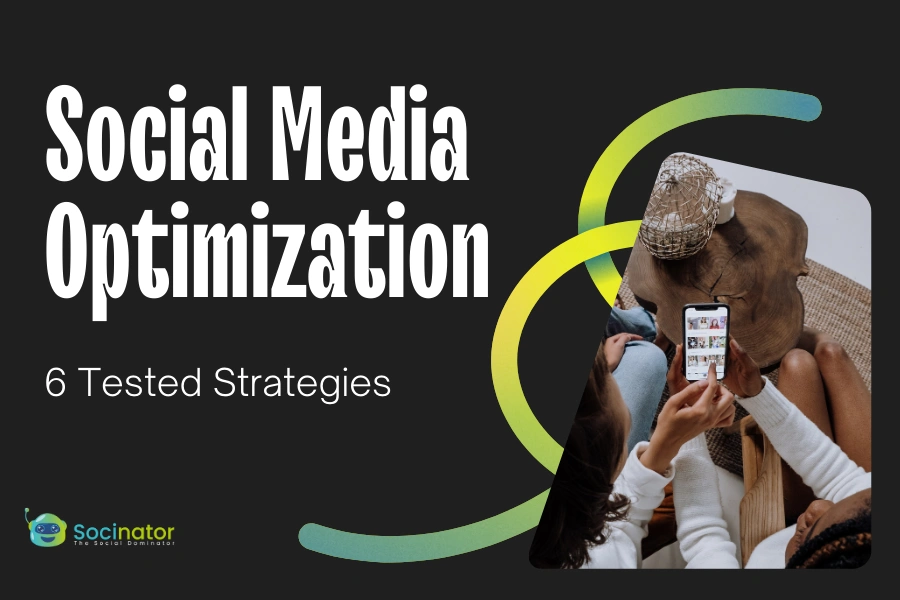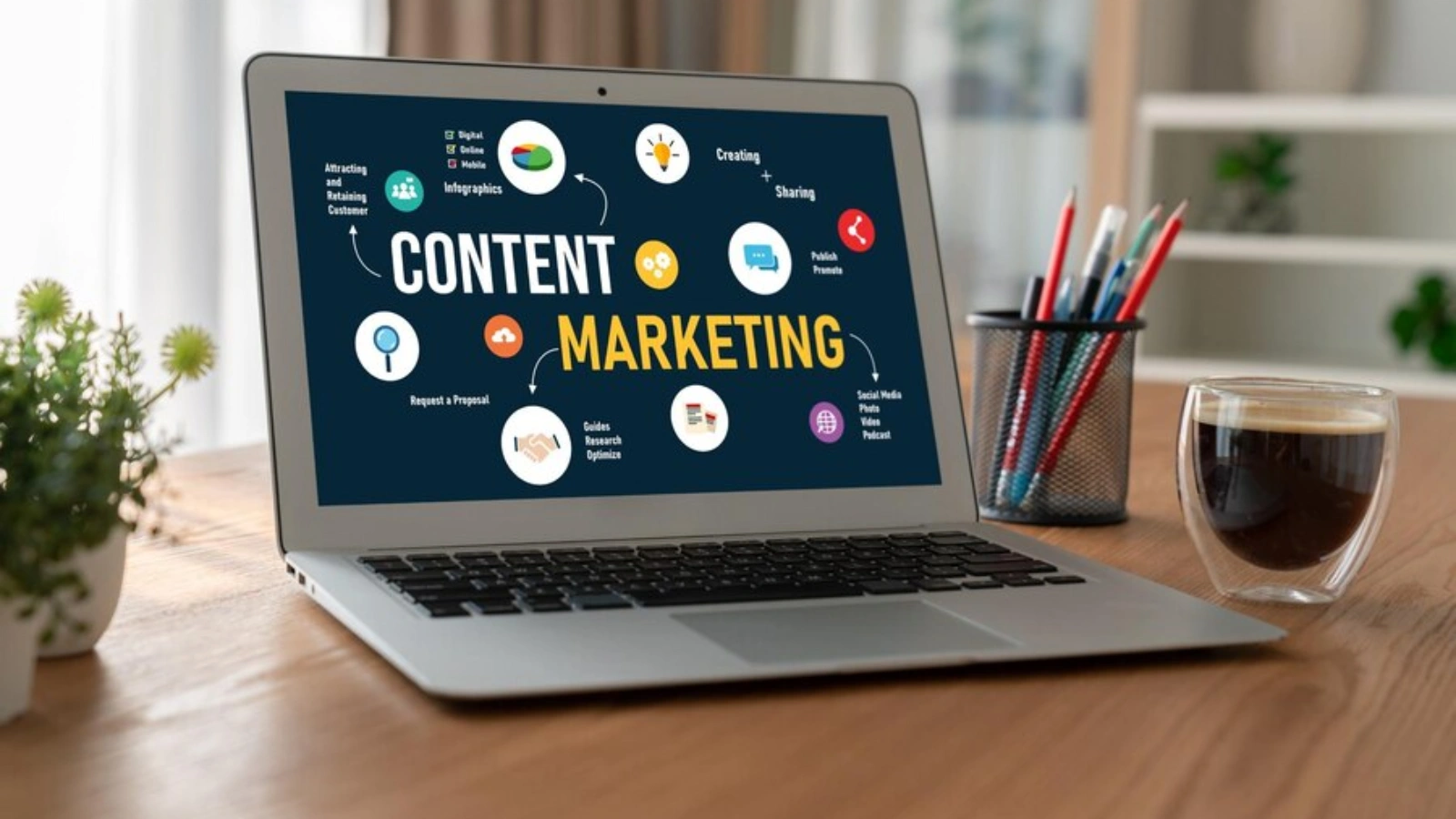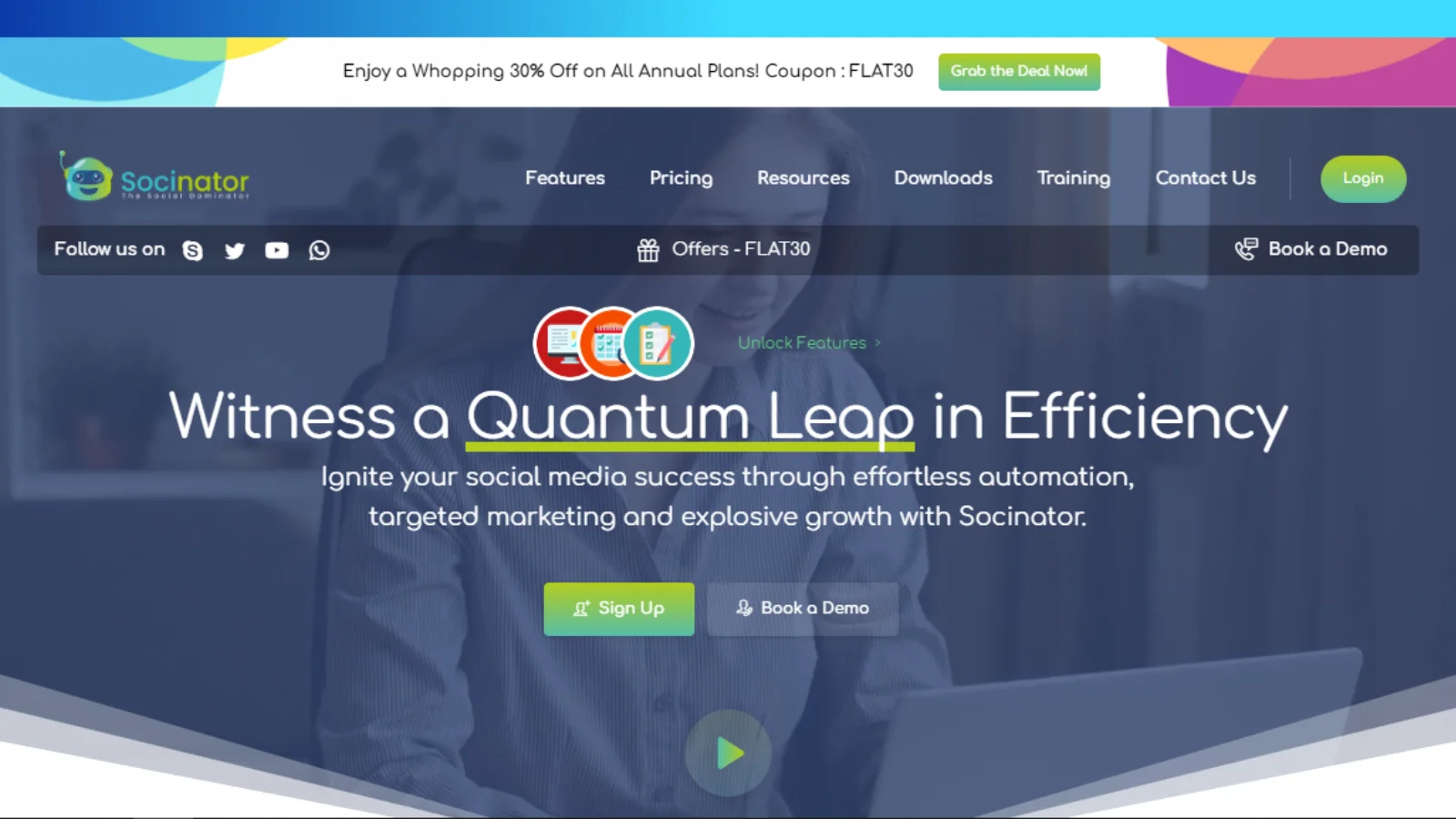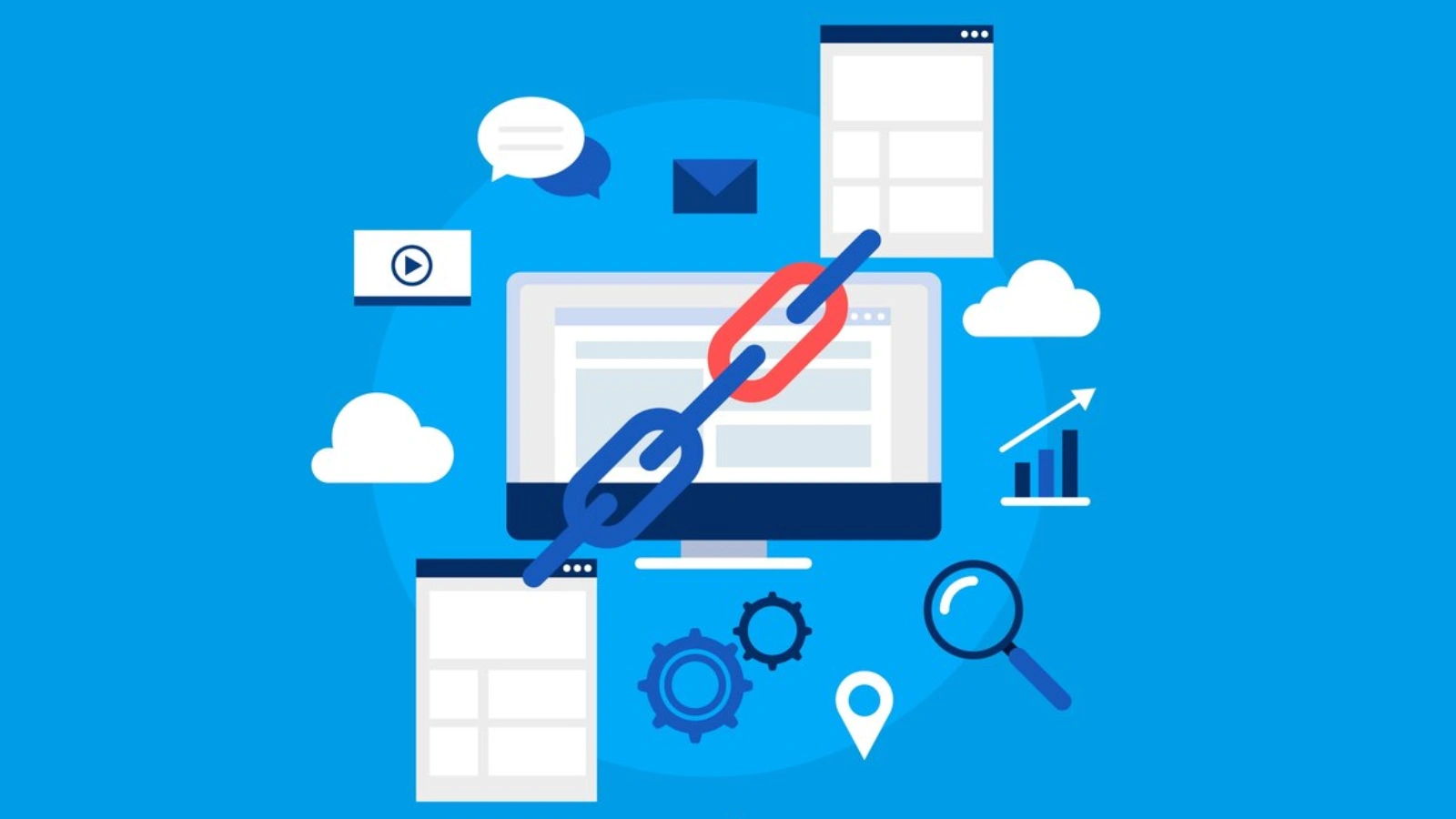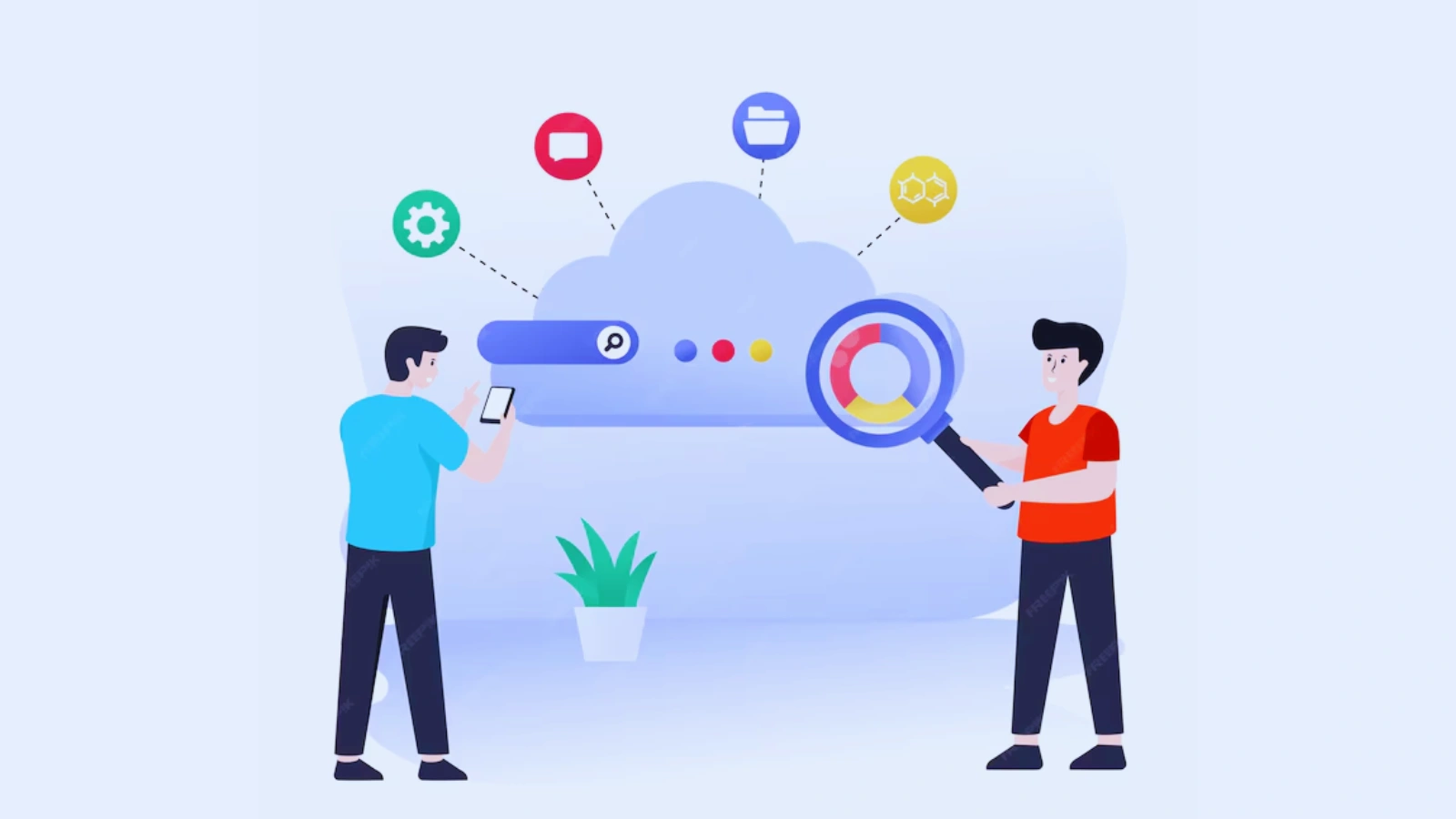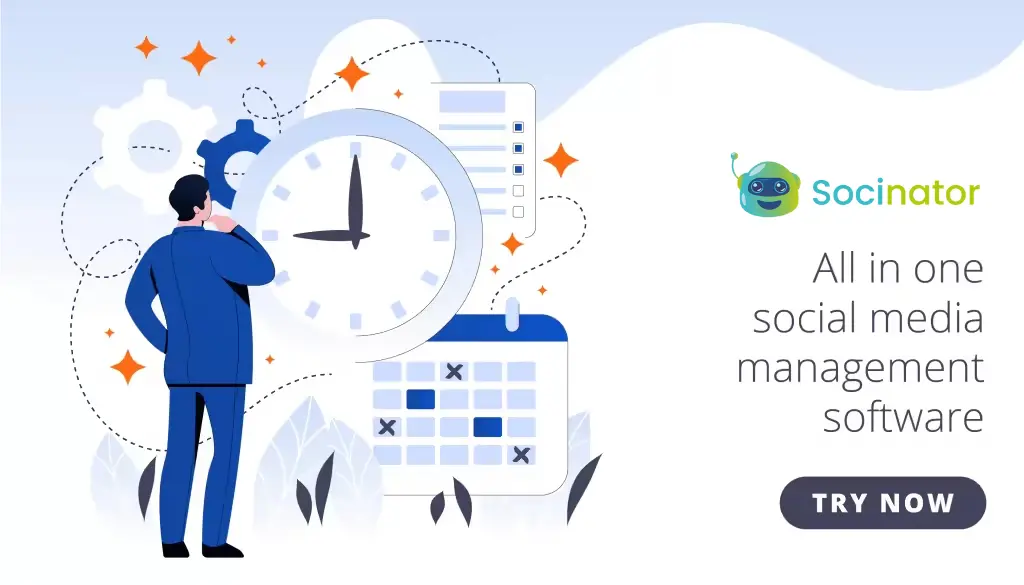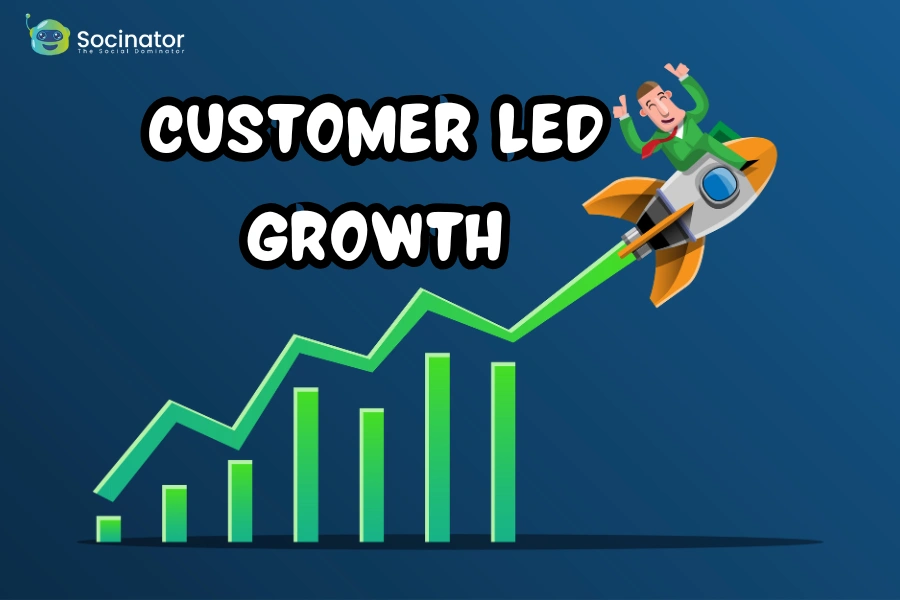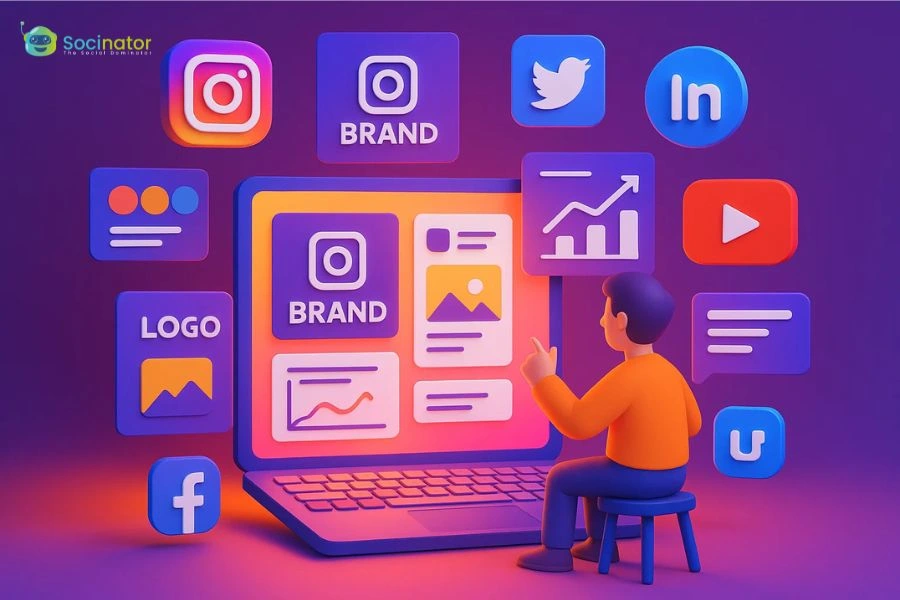With over 5 billion daily social media users and even more leveraging these platforms for brand promotion, now is the ideal time to invest heavily in digital marketing. Social networking has become the most effective method for advertising your business. However, the increasing competition and constant algorithm changes make it challenging to promote your brand effectively on social media. Thus, publishing timely content and implementing a robust social media optimization strategy is crucial.
Many organizations make critical mistakes when creating social media optimization strategies, often neglecting to adequately optimize their social media presence. Building a relevant community and achieving desired results is nearly impossible without proper optimization.
Every word you write must be optimized to stand out among many businesses and profiles. A well-crafted social media optimization plan aligned with your brand and community goals can significantly boost sales and lead generation.
Regardless of your niche, social media optimization can elevate your business to a prominent market position. However, this requires implementing the right strategies—there are no shortcuts.
This blog will explore the best ways to integrate social media optimization into your marketing strategy. Let’s jump into it and try some strategies that would help you enhance your social media marketing.
Hit ‘Play’ Button & Tune Into The Blog!
What is Social Media Optimization?
Social media optimization is the technique of making the most of social media to increase your company’s online visibility. SMO offers a whole different perspective from the mindset of certain businesses, which holds that having profiles on every social media platform is sufficient for a sturdy digital presence.
Using social media optimization, you must carefully craft your marketing strategy to establish a stronger connection with your target market.
A carefully considered social media optimization plan can assist you in connecting with the audience and community, building better leads, and gaining greater online exposure.
Concentrate on employing social media strategies as a business since they will help you stand out and leave an impression online. With the correct approach to social media optimization, you can boost your online presence and perform better on social media. When it comes to streamlining your social media management, Socinator, an advanced social media automation tool, can take your strategy to the next level.
What Is the Need for Social Media Optimization?
Optimizing your social media presence might facilitate easier business discovery. Because social media is used widely in our culture, many companies are embracing it to market their brands.
It is essential to compete in today’s industry if you want to make the most of social media. It holds significance even for nearby enterprises.
Increased brand awareness and improved audience engagement can result from the effective use of SMO. Additionally, it can assist in expanding your brand’s audience through various social media channels.
Additionally, SMOs can assist marketers in more precisely evaluating their ROI and other KPIs. Because social media pages rank for specific keywords, implementing these methods can improve your company’s search engine optimization.
Engaging with your audience on social media also helps marketers gain deeper insights into the needs and preferences of their target prospects.
Now, let’s discuss some tested strategies that we can use for social media optimization to advance our brands and companies.
Connection Between SEO and SMO
For organizations hoping to succeed in the digital realm, understanding the relationship between Search Engine Optimization (SEO) and Social Media Optimization (SMO) is essential. Combining these two fields of study can have a potent synergistic effect that increases a brand’s online visibility and engagement.
The main objective of both SEO and SMO is to make a company’s online content more visible and discoverable. Search engine optimization means making a website and its content more search-engine friendly so that people actively looking for relevant information may find it more easily. Conversely, social media outreach (SMO) focuses on utilizing social media channels to increase a brand’s visibility and interaction with its intended audience.
6 Social Media Optimization Strategies
Account Optimization
First and foremost, you must ensure that your brand accounts support your company’s objectives. It calls for a thorough examination of all your social media accounts, focusing on branding and promotional content.
For instance, the following information should be taken into account when optimizing an account:
- Branding and artistic imagery (logos, typefaces, hashtags, taglines, and slogans) that complements your company’s online presence
- A suitable call-to-action or link that directs users to the relevant landing page
- Languages and marketing messages that correspond with your ongoing promotions
Consider your social media presence as a kind of entryway to your brand and merchandise. Assuming that this is a potential customer’s initial interaction with your organization, maintaining consistency is essential to keep them interested and avoid confusing them.
Content Strategy Optimization
When it comes to what they might share on social media, businesses have many options.
Nevertheless, your content strategy shouldn’t be unstructured. Ideas and posts will flow more readily if you have a well-planned approach. Your content strategy can be optimized when you:
- Decide on a regular publishing schedule and volume, including the required pieces of content each week and the frequency and timing of posts.
- Determine which resources (text postings, photos, and videos) are necessary to complete your schedule.
- Determine which posts are freestanding on each platform and which posts can be disseminated across networks.
Remember that there are occasions when fine-tuning content strategy optimization is necessary. You may need to throttle back or ramp things up based on your analytics. However, it can be helpful to start with a baseline based on the previously mentioned points.
Individual Post Optimization
Once you have a broad content plan in place, think about how you can optimize each social media post individually.
More optimization is needed for some posts than for others. Posts that are part of an influencer campaign, for instance, will need to be refined more than memes or morning greetings for your followers.
Here are some things to think about when it comes to optimizing the posts that do require extra care:
- Create captions that highlight the current campaigns and promotions running for your company.
- For every post, use relevant hashtags, keywords, and call-to-action phrases.
- Throughout your efforts, stick to your unique tone and brand voice while striking a balance between personality and marketing.
Performance Optimization
The ultimate objective of optimization is to raise the social media performance of your brand.
It involves making progress on crucial KPIs linked to audience engagement, awareness, and voice sharing for various enterprises.
Analytics is the first step towards better performance as you track the things that are (and are not) performing for your social media content. First and foremost, remember to:
- Determine the most effective content for your brand, depending on your KPIs.
- Track mentions and determine how much of the conversation is about your brand compared to rivals.
- Find patterns in the links and posts that get the best interaction from your audience.
You can also use various social media automation tools like Socinator to keep up with the social media competition. These automation tools allow you to schedule & analyze the posts and improve your social media strategy. Let us explore some more features of this mindblowing social media marketing software.
Socinator – The Best Social Media Automation Tool
Socinator is an all-in-one social media automation solution using which you can manage all your marketing campaigns in a single dashboard. This tool provides an easy-to-use interface for streamlining the workflow of businesses.
From post-scheduling to social listing and providing analytics insights, Socinator offers a wide range of features that allow marketers to create and manage automated campaigns more efficiently.
For social media optimization, Socinator offers a variety of features.
Auto-Publish and Repost
Socinator eliminates the need for manual posting. You can schedule your post and ensure that the content is posted at the desired time automatically. After posting, you can also repost the best-performing videos to increase your visibility on social media platforms.
Record Activity Frequency and Get Reports
You can track the automation activities performed through your linked social media accounts and monitor their frequencies. Also, you can get detailed insights into profile engagement, post-performance metrics, and lead targeting.
Automatic Follow, Unfollow, Like, & Comments
This social media automation tool allows you to engage with your audience through automated likes and comments. It prevents manual, time-consuming writing and posting work. You can also auto-follow and unfollow relevant users through Socinator without taking extra time from your busy schedule.
Extract Targeted Users
You can find & extract the targeted audience accounts, along with those already engaged with you. It helps to build a more engaging and long-lasting community, allowing you to master your personal branding strategy.
Link Optimization
It is a social media optimization strategy that is frequently overlooked.
Companies shouldn’t merely post links on social media at random. You may more easily monitor your consumers’ click-through activity and determine which social media content is doing well using link optimization. In short, you ought to make an effort to:
- To track click attribution, set UTM parameters on your social media links.
- Determine which links are most clicked (consider the campaigns they are associated with and the CTAs that were employed).
- Ensure the links and landing pages you’re directing visitors to are relevant (preferably, more than just your homepage).
Social searchability Optimization
Brands must place a high premium on figuring out how to optimize social media for search.
An increasing number of social media profiles are turning up in Google searches, as we can see. Updates to Instagram search capabilities and other recent rollouts emphasize the importance of marketers being mindful of the keywords they use in all their posts and profiles.
To improve your social searchability, you do not need to cram your posts with keywords. Start by conducting keyword research for brand- and industry-specific terms that you can use sporadically in your social media posts. Next, put some crucial search-related social media optimization strategies into practice, like:
- Adding pertinent keywords to your social media biographies, along with keyword #hashtags
- Verify that the essential information about your company, such as @username, address, and contact data, is the same across all accounts.
- Fill out the About and Bio sections of every social network.
You can also use various social media automation tools like Socinator to keep up with the social media competition. These automation tools allow you to schedule & monitor your social media posts and improve your social media strategy. Let’s explore some more features of this mindblowing social media automation software.
Also Read:
How To Stand Out In Crowd: Personal Branding Social Media?
Social Media Automation Explained: Why You Need It
5 Tips to Build More Influential Social Media Presence
Conclusion
Implementing a robust social media optimization strategy is crucial for businesses looking to thrive in the digital landscape. By leveraging the power of platforms like Facebook and LinkedIn, companies can enhance their online visibility, engage with their target audience, and drive meaningful results.
These social media optimization strategies provide a roadmap for businesses to effectively optimize their social media presence. Moreover, leveraging Socinator, an all-in-one social media automation tool, can help streamline and automate many of these optimization tasks, making the process more efficient and effective.
Remember, social media optimization is an ongoing process that requires continuous monitoring, testing, and refinement. By staying ahead of the curve and adapting to the ever-changing social media trends, businesses can position themselves for long-term success and reap the benefits of a well-crafted social media optimization strategy.
Frequently Asked Questions
How do I measure the performance of my social media optimization efforts?
Monitor important data such as conversions, website traffic, reach, and engagement. Analyze your material to find the best-performing pieces, then adjust your approach accordingly.
Is social media optimization a one-time effort or an ongoing process?
Implementing a social media optimization strategy is a continual process that requires constant testing, monitoring, and improvement. To maintain maximum performance, firms need to adjust their strategies in response to evolving algorithms and user behaviors.
How can I use social media optimization to improve my search engine rankings?
Search engine optimization for your social media accounts and content can help improve the SEO of your website. Employ pertinent keywords, enhance social media discoverability, and promote interaction to let search engines know your content is worthwhile.
What are some common mistakes to avoid with social media optimization?
Common mistakes include over-promotion, inconsistent branding, not having a content strategy, and not interacting with your audience. Keep informed about platform updates, and continue testing and improving your strategy.

